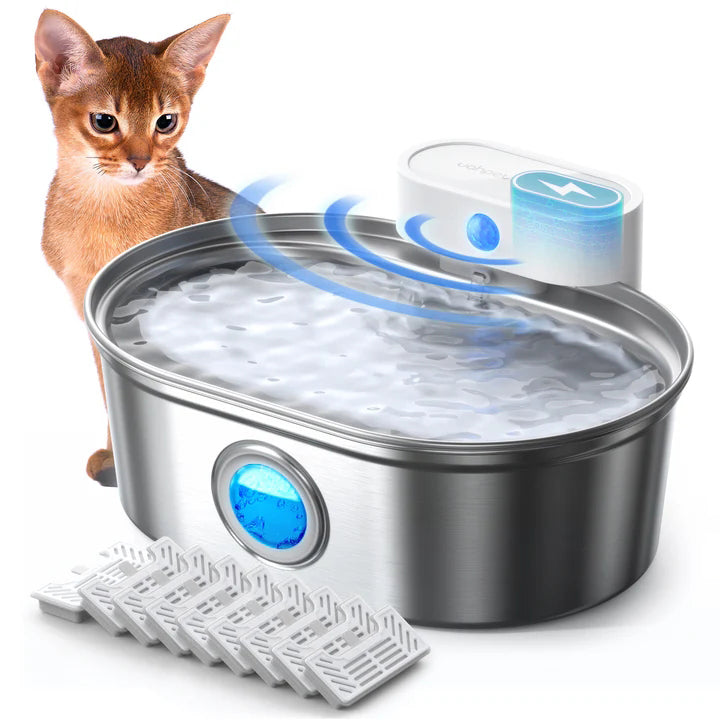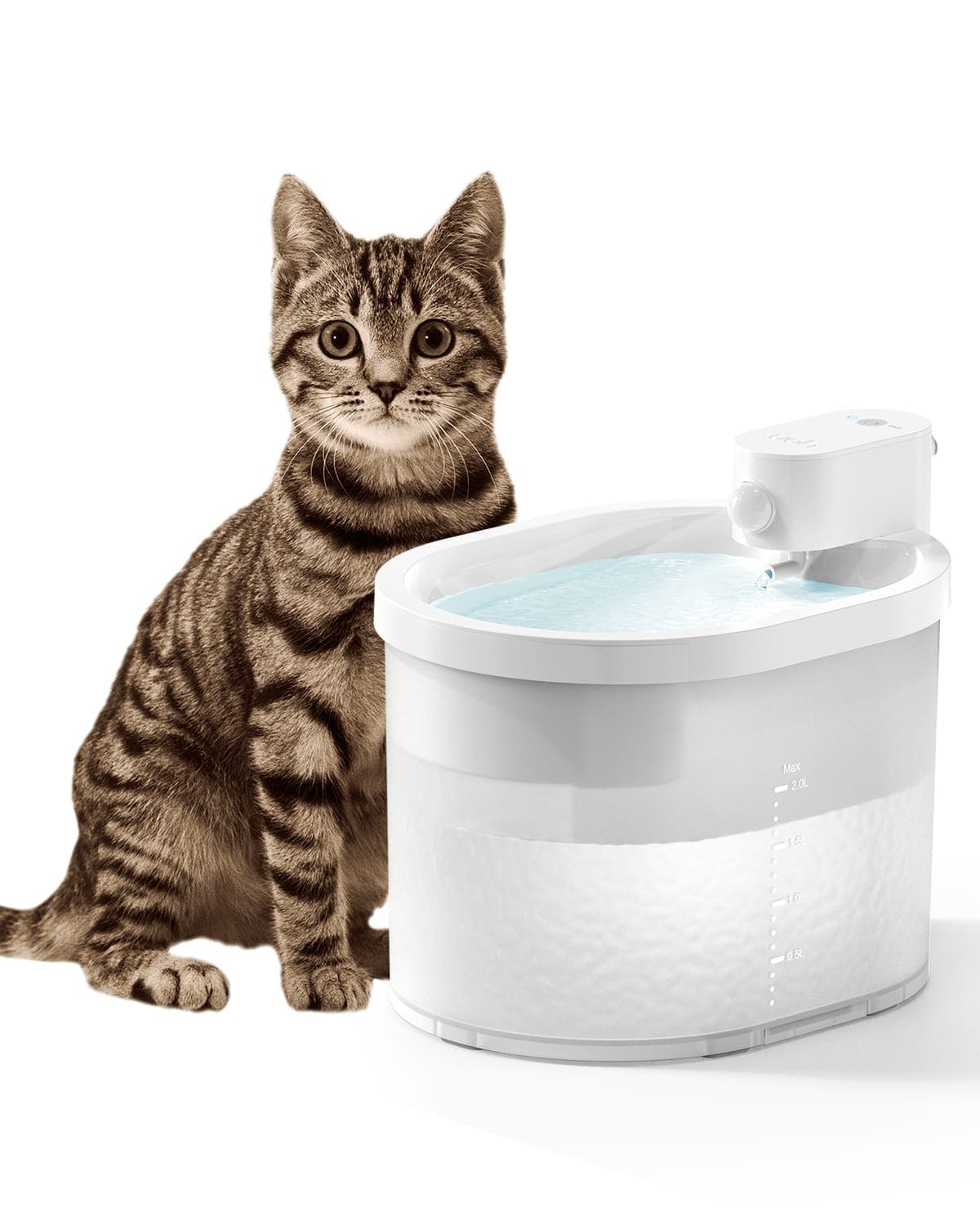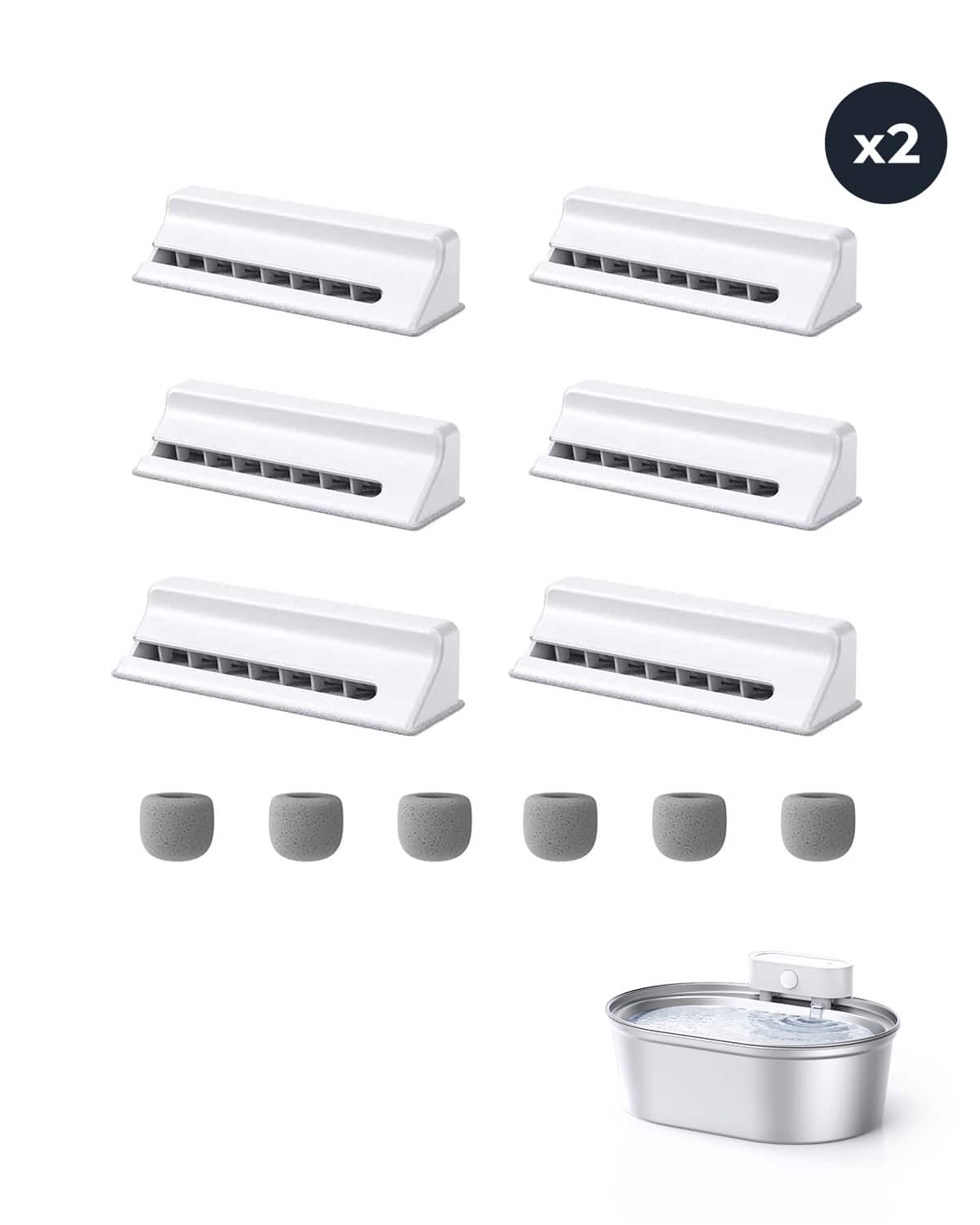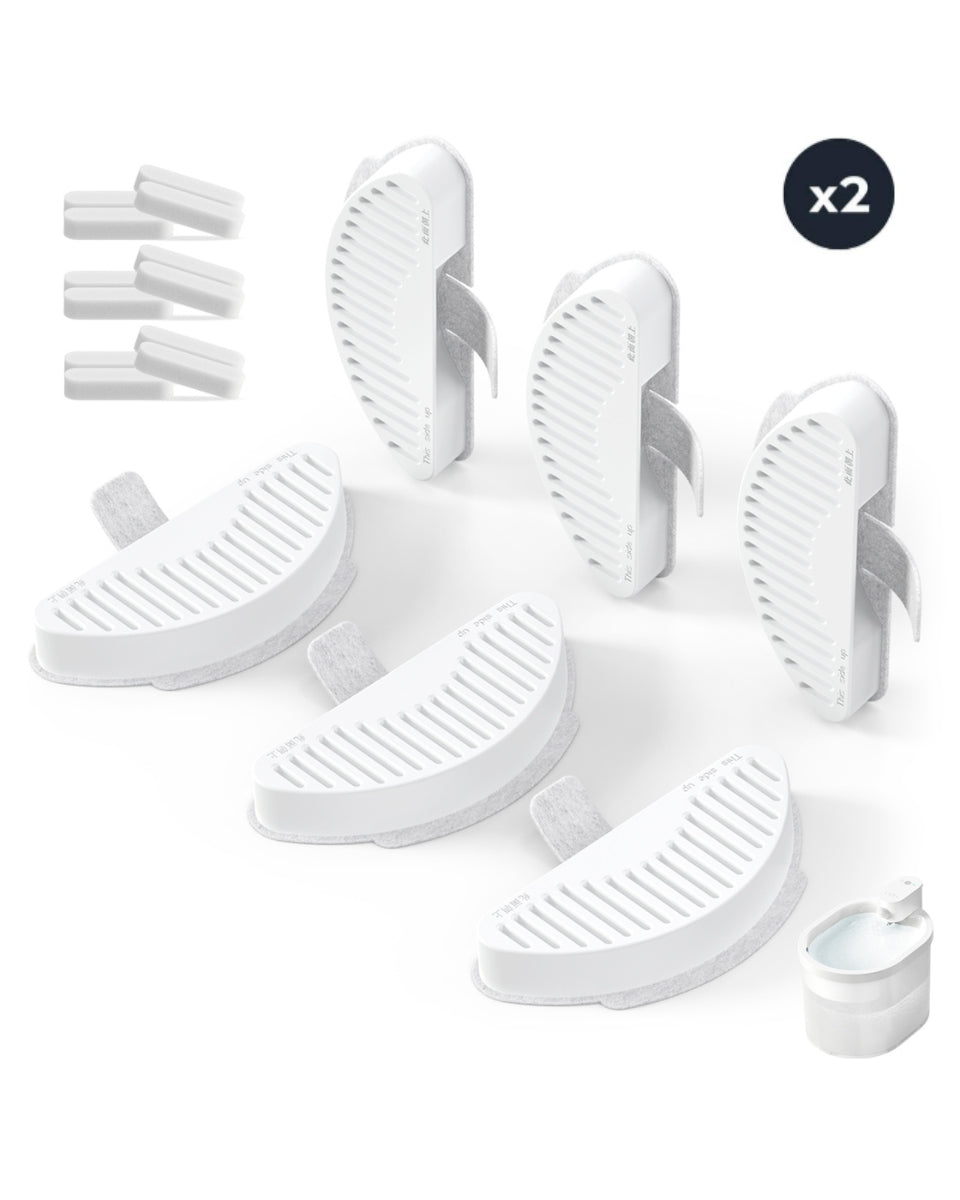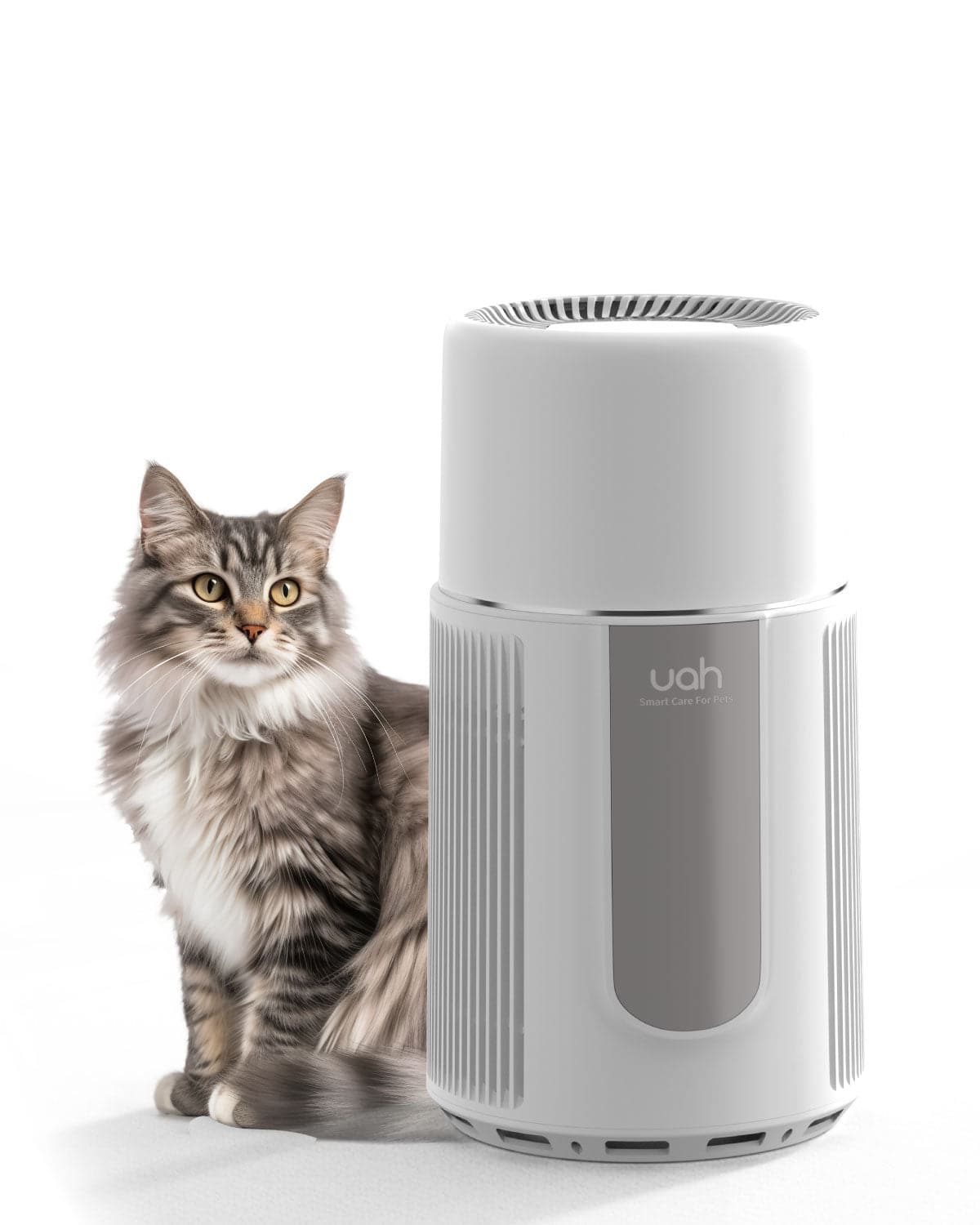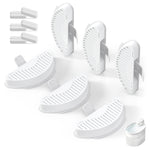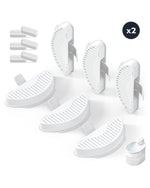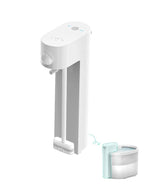If you’re a pet owner, you’ve likely wondered, do pet air purifiers work? With pets come dander, fur, and odors that can affect your home’s air quality. Air purifiers designed for pet owners claim to tackle these issues, but do they live up to the hype? This article dives deep into the effectiveness of pet air purifiers, how they function, and what you need to know before investing in one.
Understanding Pet-Related Air Quality Issues
Pets bring joy and companionship, but they also introduce allergens and pollutants into your home. Pet dander, which consists of tiny flakes of skin, is a common allergen that can trigger respiratory issues. Additionally, pet hair, saliva, and urine can contribute to odors and airborne particles. These factors can make it challenging to maintain clean indoor air, especially for individuals with allergies or asthma.
How Do Pet Air Purifiers Work?
Pet air purifiers are designed to address the specific challenges posed by pets. They typically use a combination of filters and technologies to capture and neutralize airborne pollutants. The most common components include:
- HEPA Filters: High-Efficiency Particulate Air (HEPA) filters are highly effective at capturing pet dander, hair, and other small particles. They can trap particles as small as 0.3 microns with an efficiency of 99.97%.
- Activated Carbon Filters: These filters are excellent at absorbing odors, including those caused by pets. They work by trapping odor molecules in their porous structure.
- Ionizers: Some air purifiers use ionization technology to charge particles, causing them to stick to surfaces or be captured by filters. However, this technology can produce ozone, which may be harmful in high concentrations.
- UV-C Light: Ultraviolet (UV) light can kill bacteria and viruses, but its effectiveness against pet allergens is limited.
Benefits of Using Pet Air Purifiers
When used correctly, pet air purifiers can offer several benefits:
- Reduced Allergens: By capturing pet dander and other allergens, air purifiers can help alleviate symptoms for allergy sufferers.
- Improved Odor Control: Activated carbon filters can neutralize pet odors, leaving your home smelling fresher.
- Cleaner Air: Air purifiers can remove a wide range of pollutants, including dust, pollen, and smoke, improving overall air quality.
- Healthier Environment: Cleaner air can contribute to better respiratory health and overall well-being for both you and your pets.
Factors to Consider When Choosing a Pet Air Purifier
Not all air purifiers are created equal, and choosing the right one for your needs is essential. Here are some factors to consider:
- Room Size: Ensure the air purifier is suitable for the size of the room where it will be used. Check the Clean Air Delivery Rate (CADR) to gauge its effectiveness.
- Filter Type: Look for models with HEPA and activated carbon filters for optimal performance against pet allergens and odors.
- Noise Level: Some air purifiers can be noisy, which may be disruptive in quiet spaces like bedrooms.
- Maintenance: Consider the cost and frequency of filter replacements. Regular maintenance is crucial for optimal performance.
- Additional Features: Features like air quality sensors, timers, and remote controls can enhance convenience.
Limitations of Pet Air Purifiers
While pet air purifiers can be effective, they are not a cure-all solution. Here are some limitations to keep in mind:
- Surface Allergens: Air purifiers only address airborne particles. Pet dander and hair on surfaces like furniture and carpets will not be removed.
- Odor Neutralization: While activated carbon filters can reduce odors, they may not eliminate them entirely, especially in heavily soiled areas.
- Cost: High-quality air purifiers and replacement filters can be expensive.
- Ozone Production: Some air purifiers that use ionization technology can produce ozone, which may be harmful to health.
Tips for Maximizing the Effectiveness of Pet Air Purifiers
To get the most out of your pet air purifier, follow these tips:
- Placement: Position the air purifier in areas where your pets spend the most time, such as living rooms or bedrooms.
- Regular Cleaning: Vacuum and dust your home frequently to reduce surface allergens.
- Grooming: Regularly groom your pets to minimize shedding and dander.
- Ventilation: Open windows and doors occasionally to allow fresh air to circulate.
- Filter Replacement: Replace filters as recommended by the manufacturer to maintain efficiency.
Are Pet Air Purifiers Worth It?
Ultimately, the effectiveness of pet air purifiers depends on your specific needs and circumstances. For pet owners with allergies or asthma, they can be a valuable tool for improving indoor air quality. However, they should be used in conjunction with other measures, such as regular cleaning and grooming, to achieve the best results.
If you’re tired of dealing with pet-related allergens and odors, a pet air purifier could be the solution you’ve been looking for. By understanding how they work and choosing the right model, you can create a healthier and more comfortable environment for both you and your furry friends.

